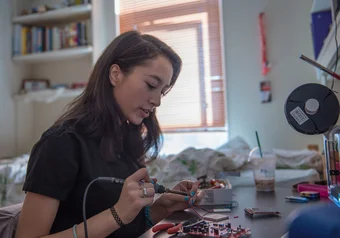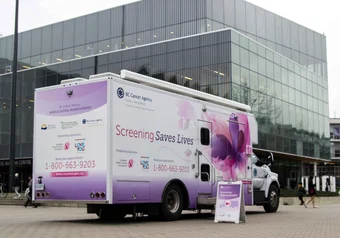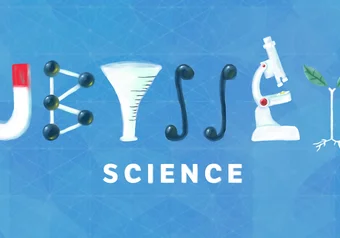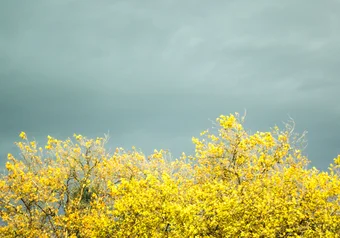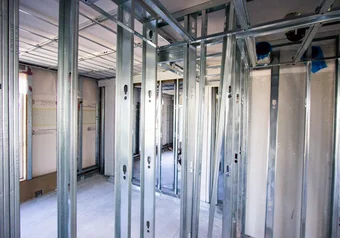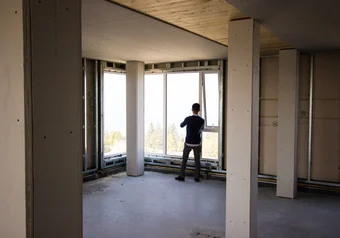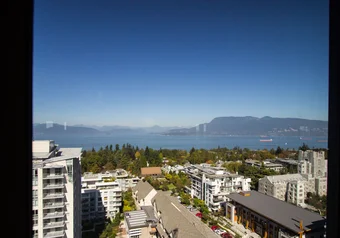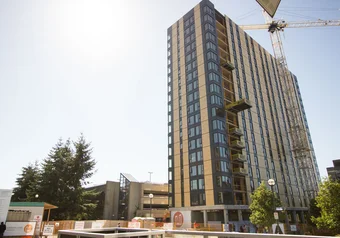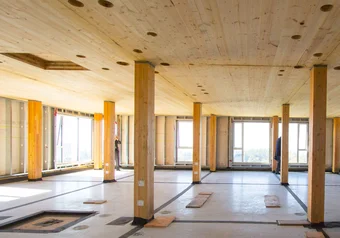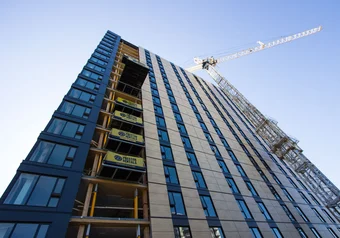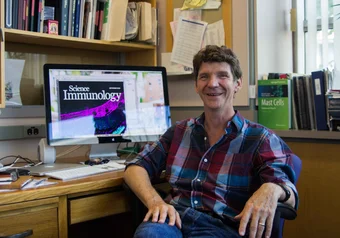Did you make a new year's resolution to read more? Or do you just really hate parties and want to never be invited again? Either way, here's a list of science books to have you excited about science and spouting facts no one cares about.
2017 is looking like a good year for Ann Makosinski, a second-year English major. Earlier this week, she woke up to text messages saying congrats. At first she didn’t even know why. She was named to Forbes 30 Under 30 for her energy inventions.
People are rejecting science, expertise and “elitism.” Science is to blame. It's hidden in its shell for far too long, and must now poke its head back into the scary, "post-truth" world and fight for its existence and importance.
If it felt like 2016 was actually longer than a normal year you would be totally right, even if it is only a second longer. Before you totally move onto 2017, here are The Ubyssey's top 10 most read science stories from 2016.
There’s a mobile mammography bus in front of the Nest today. If you’re a student, you shouldn’t get one. The service is only for those over 40, so if you’re a UBC student, you likely shouldn’t get a mammography.
Ada, the little robot is in trouble. Waves crash over her bow and lines cry out in the wind. A wave rises up behind Ada and she is carried up with it. For a moment, she sits at the peak of the wave, motionless in the heart of the violent Atlantic.
Last year The Ubyssey decided to dive into the world of science and technology. Here’s our mandatory, self-congratulatory post about the coolest things we’ve done in the last 372 days (yes, we missed our own birthday).
The news started making it’s rounds across Vancouver Facebook on Wednesday when it was reported that winds could surpass 100 kph and the Vancouver area could see over 100mm of rain. But those predictions aren't accurate — here's why.
Think an 18-story residence building made of wood sounds like a bad idea in a rainy, earthquake-prone city like Vancouver? Well, you’d be right, so it’s a good thing that UBC’s new Tall Wood Building isn’t actually a wooden building.
If wood rots, burns and isn’t great at handling earthquakes, why build an 18-storey resident building out of it? Three reasons — its sustainable, an opportunity for research and helps the local economy.
Brock Commons is being touted as a very environmentally friendly building. While it’s on track to be a LEED Gold Certified building but the wood building goes way beyond just an energy efficient certification.
There is this hype right now that timber is fantastic. But is that just a pendulum swing? According to Perry Adebar, UBC’s civil engineering department head it is. Frank Lam, a wood building expert agrees.
Brock Commons has a fire rating — the amount of time a building is supposed to withstand a fire before its structural integrity is compromised — that is about two hours, which is typical for a high-rise building.
When most students left for the summer break, all that there was to see of the new Brock Commons Phase One, were two elevator shafts rising up next to Gage – ugly and unremarkable.When most students left for the summer break, all th
Crohn’s disease is one of those diseases everyone’s heard about but no one can explain which is surprising because about 1 in every 150 Canadians lives with Crohn’s or colitis, a rate that’s one of the highest in the world.



